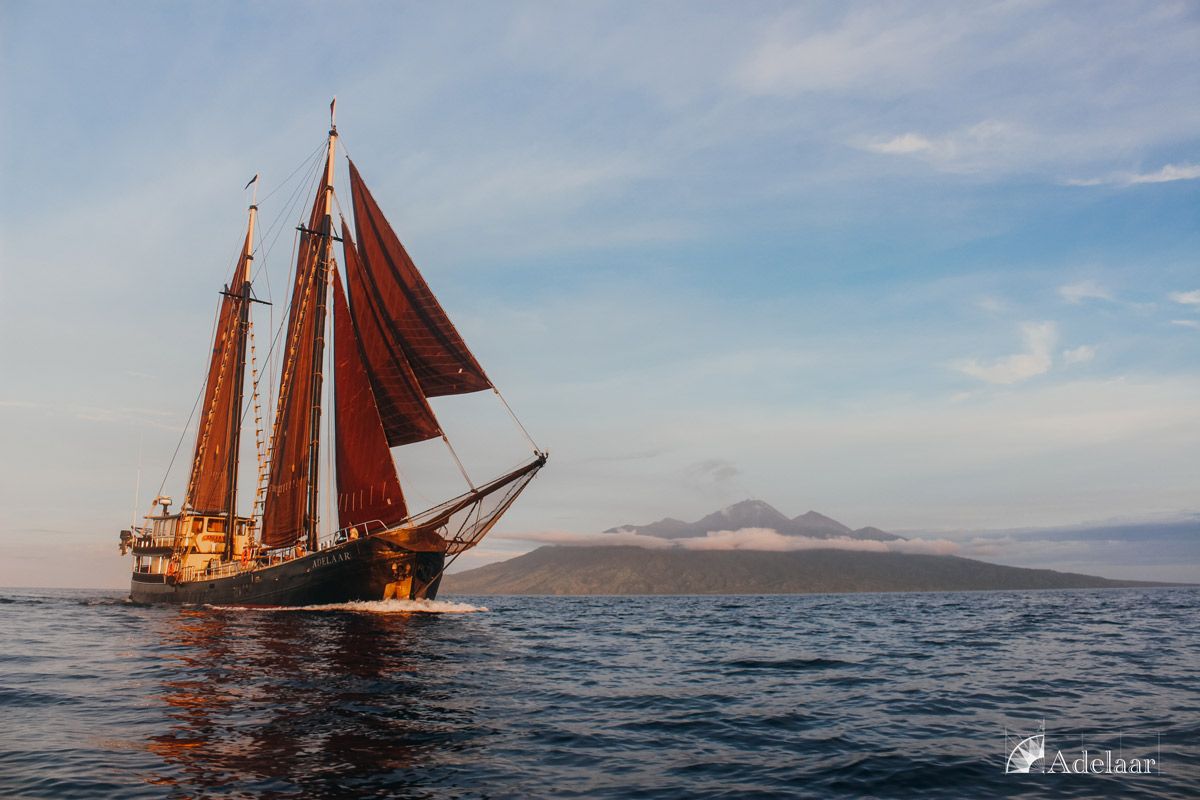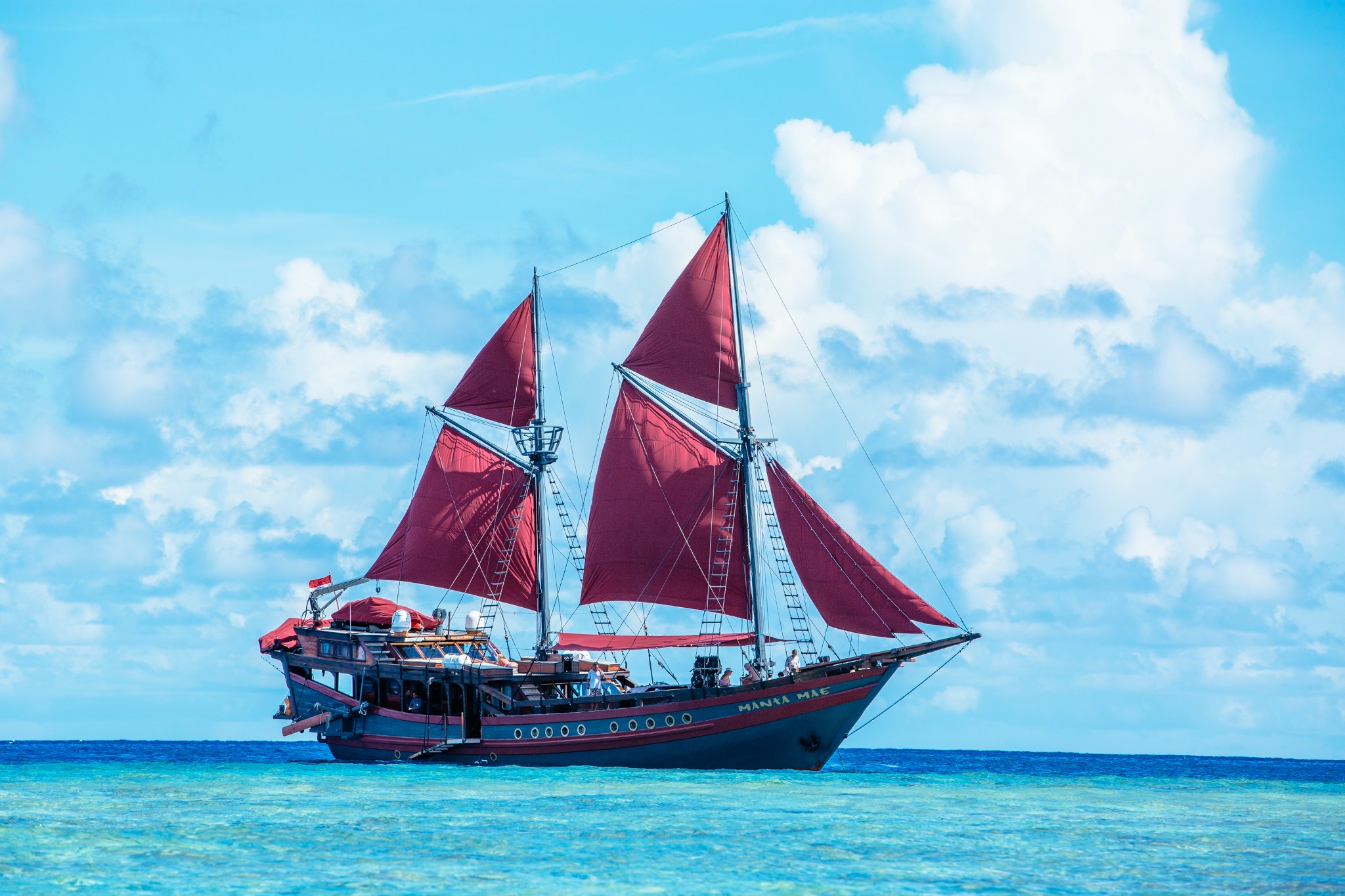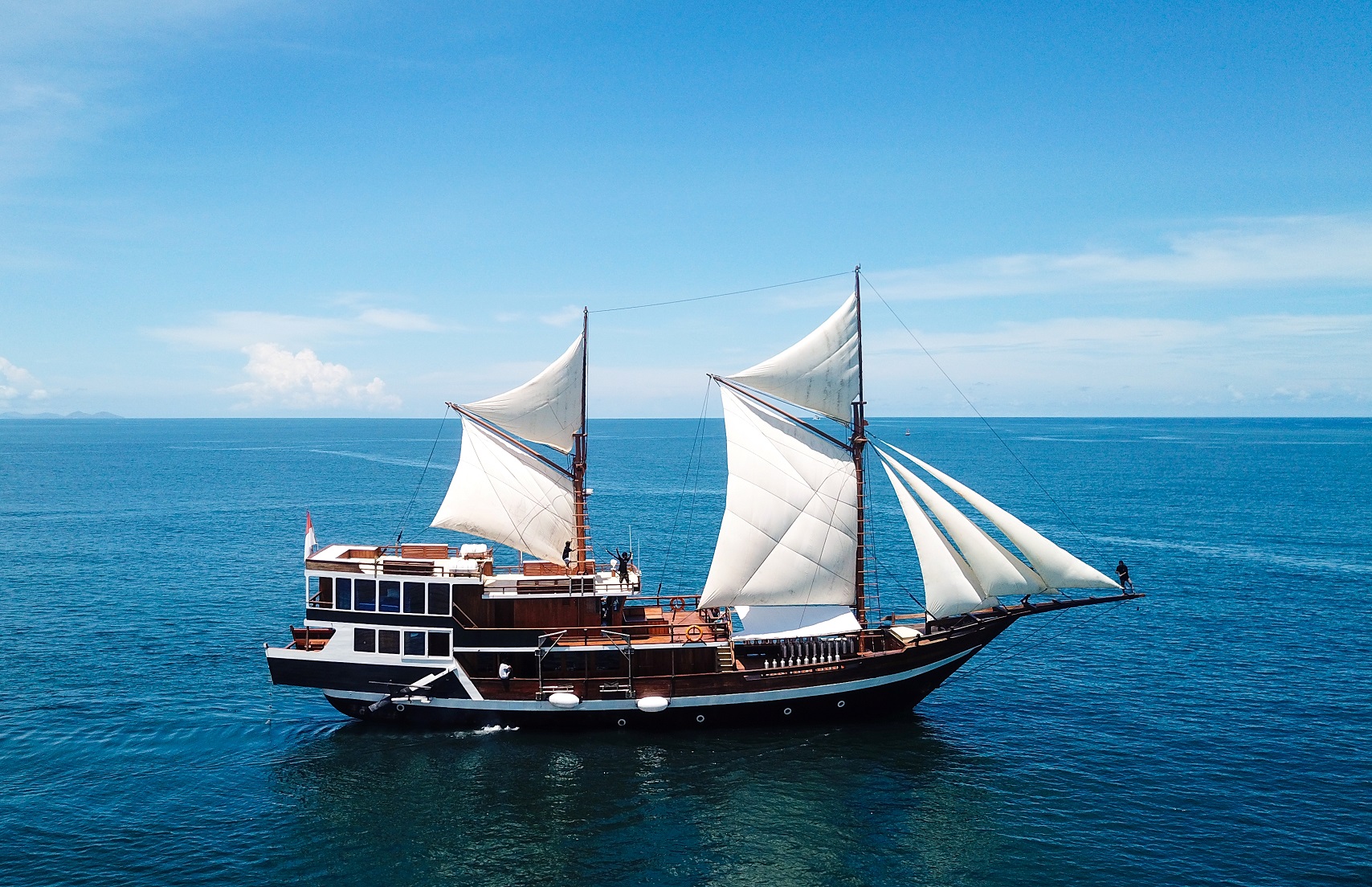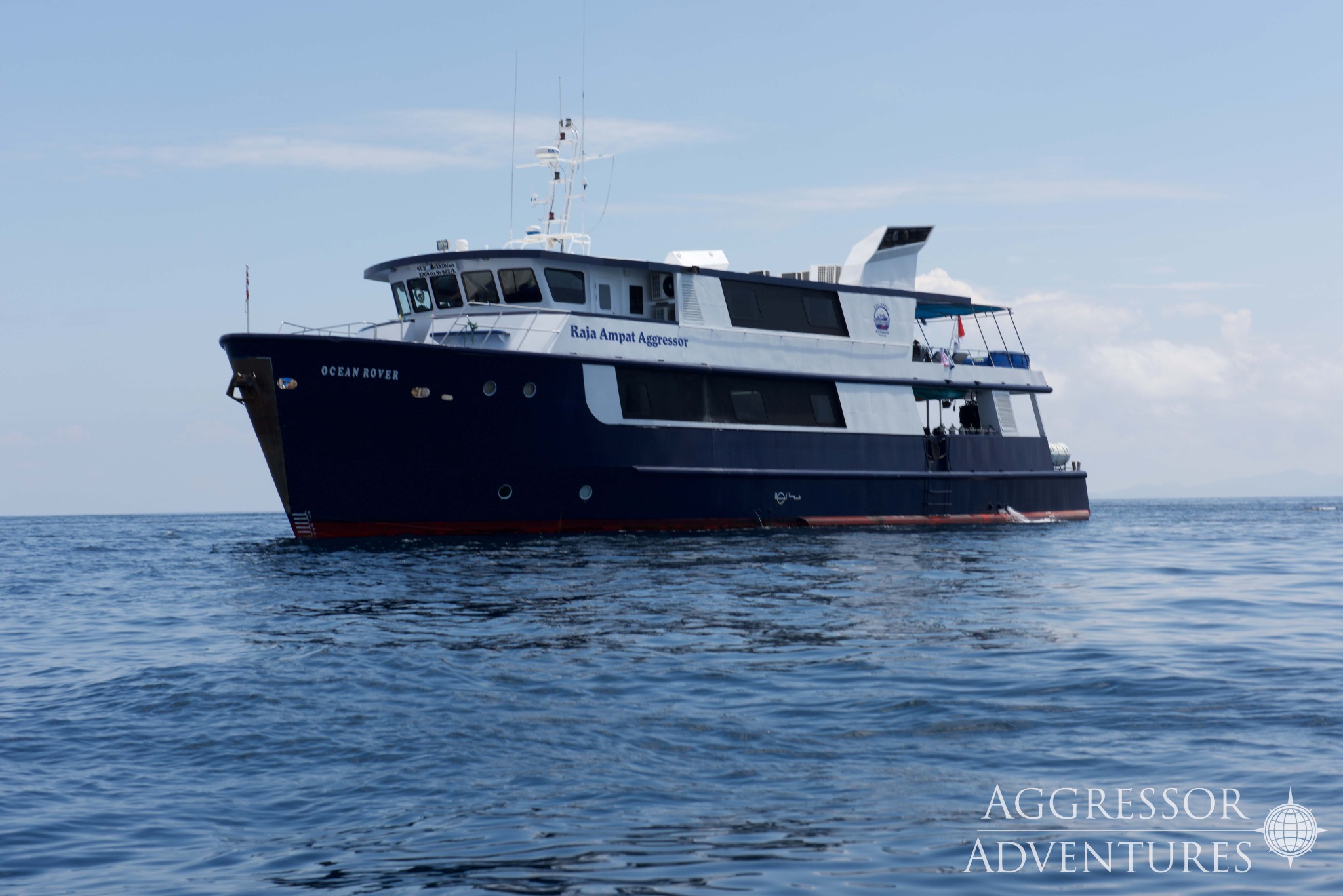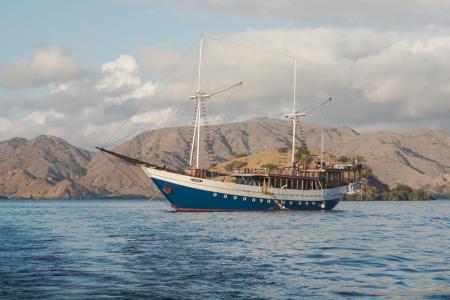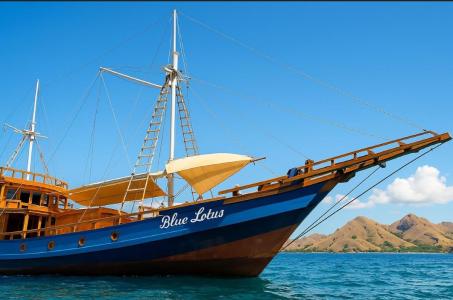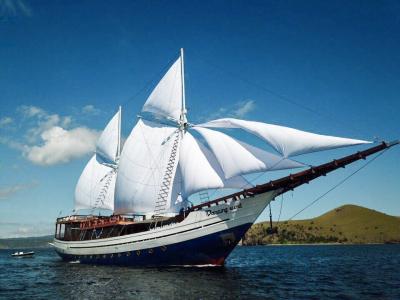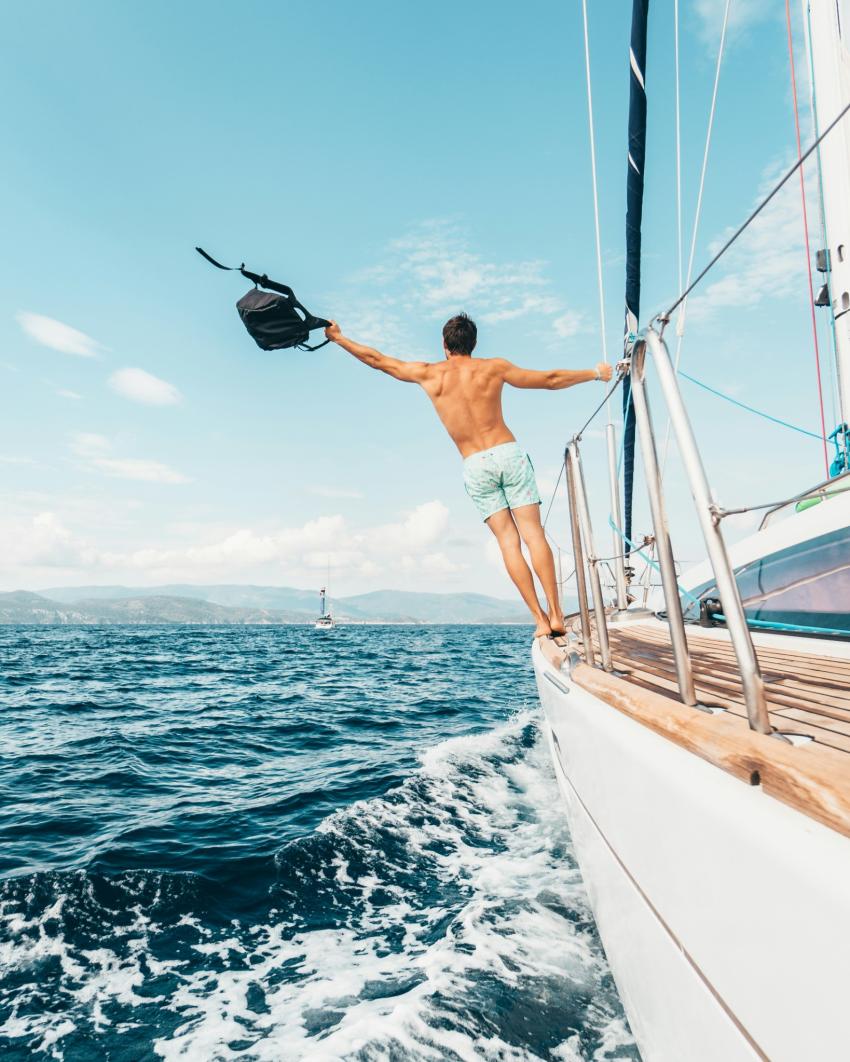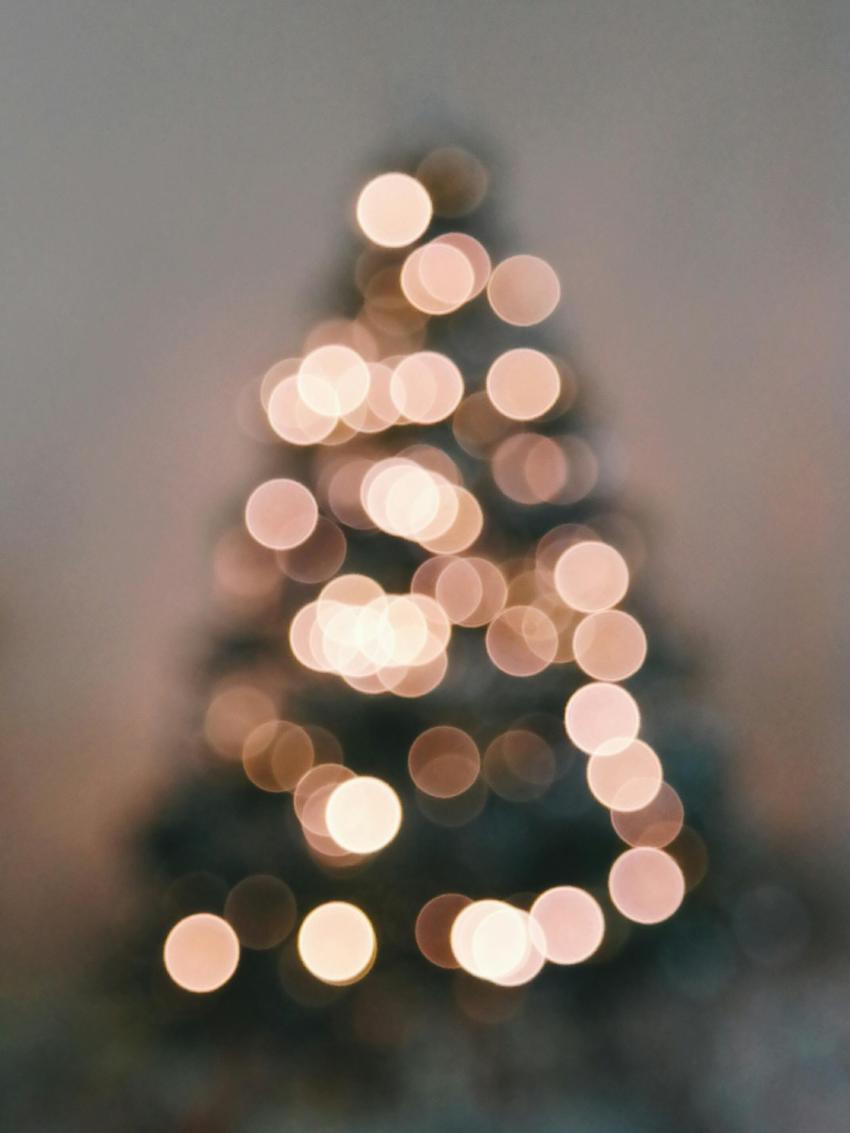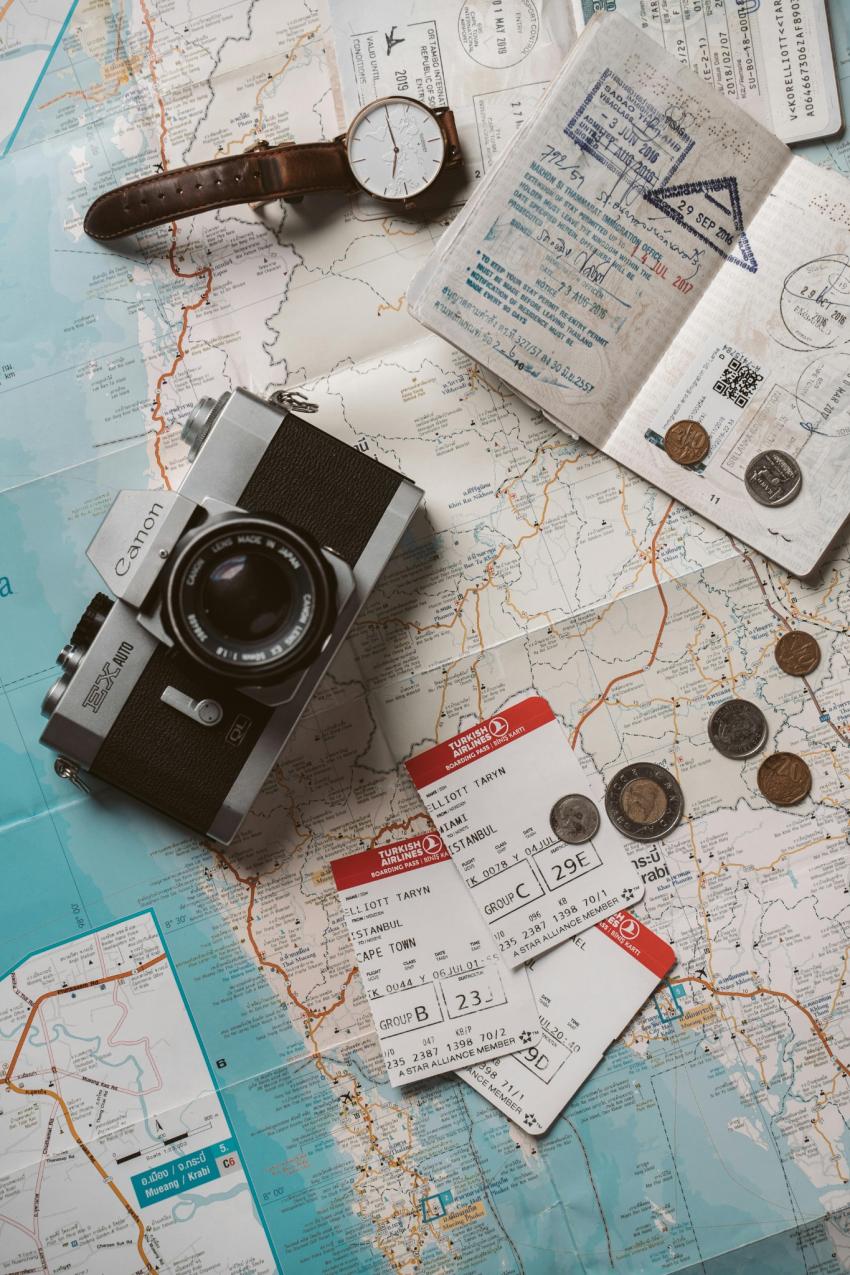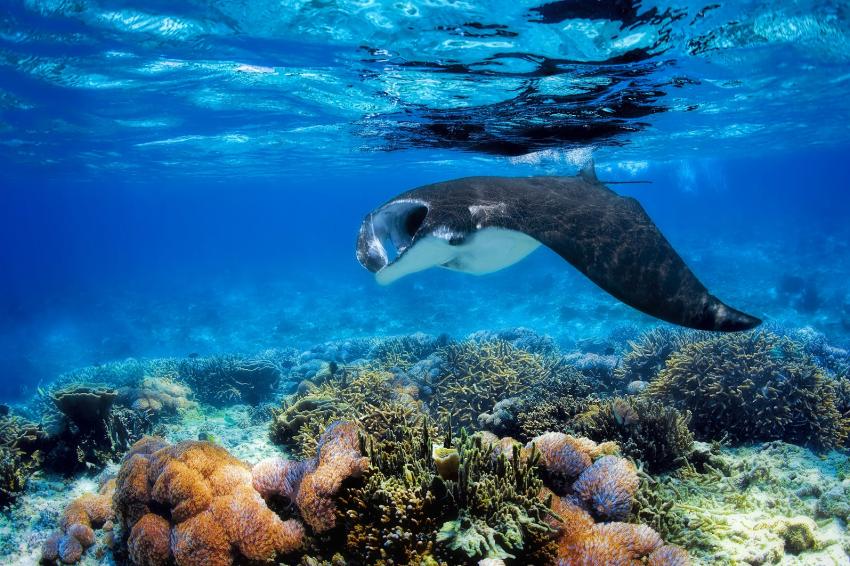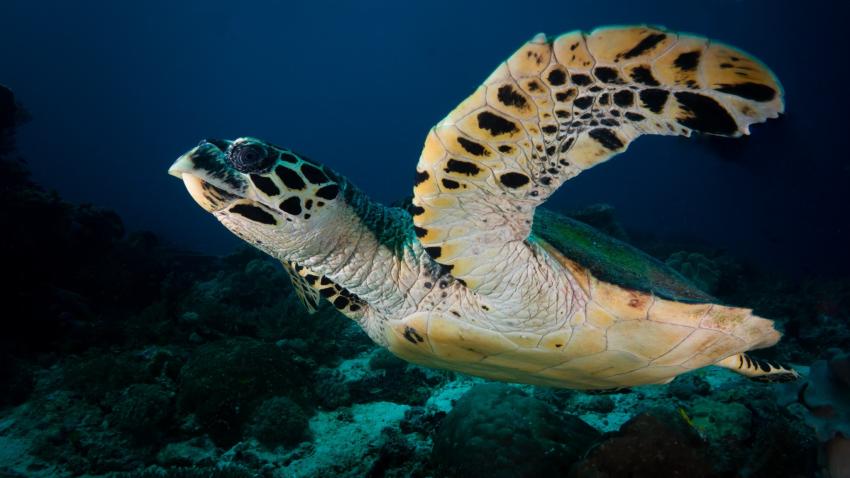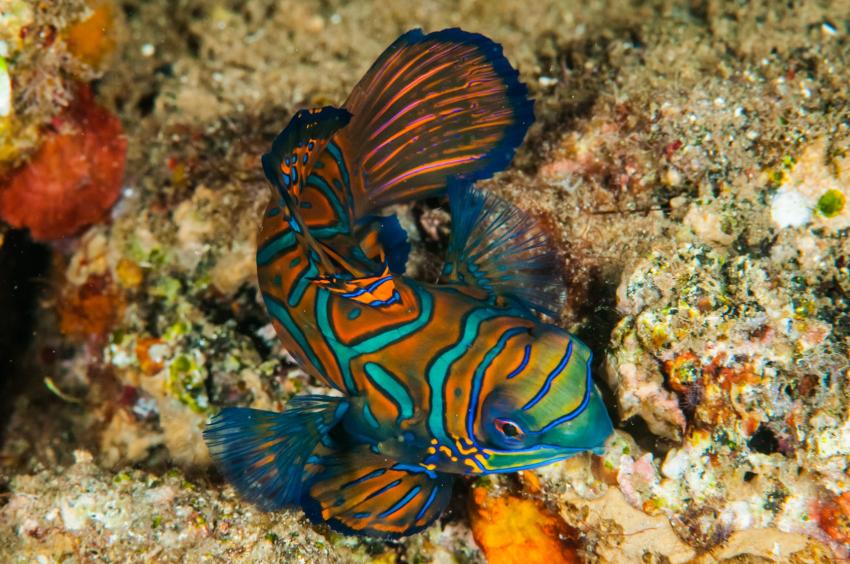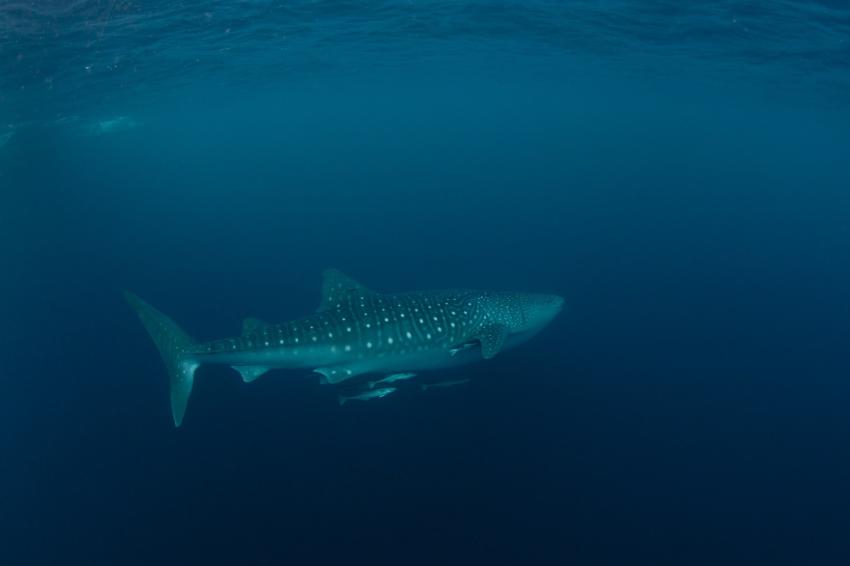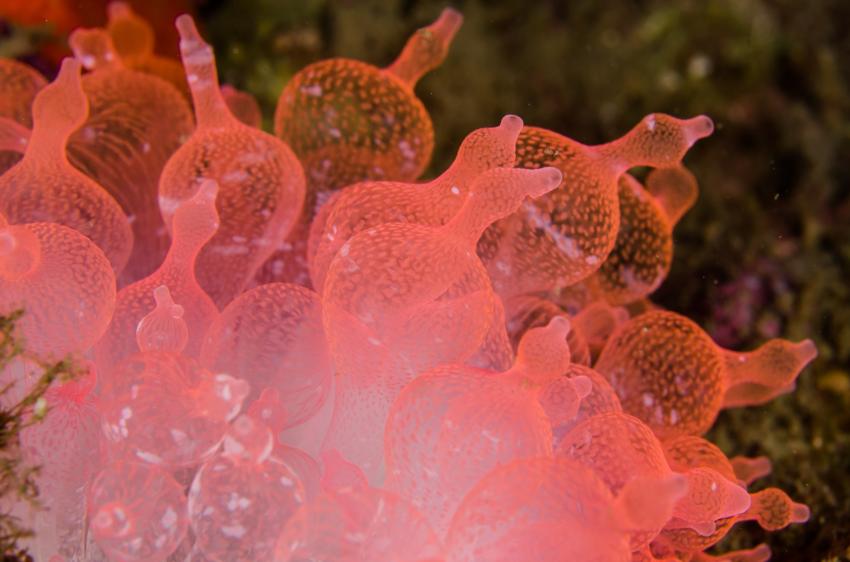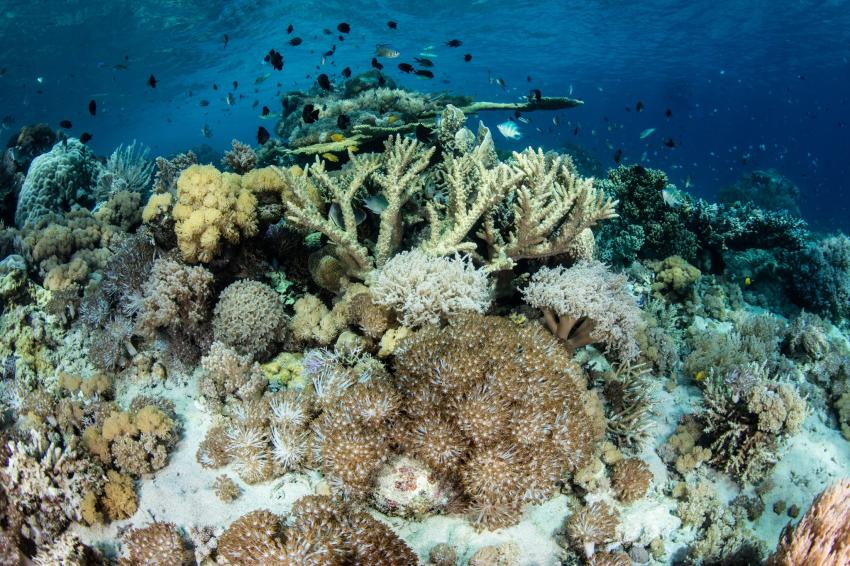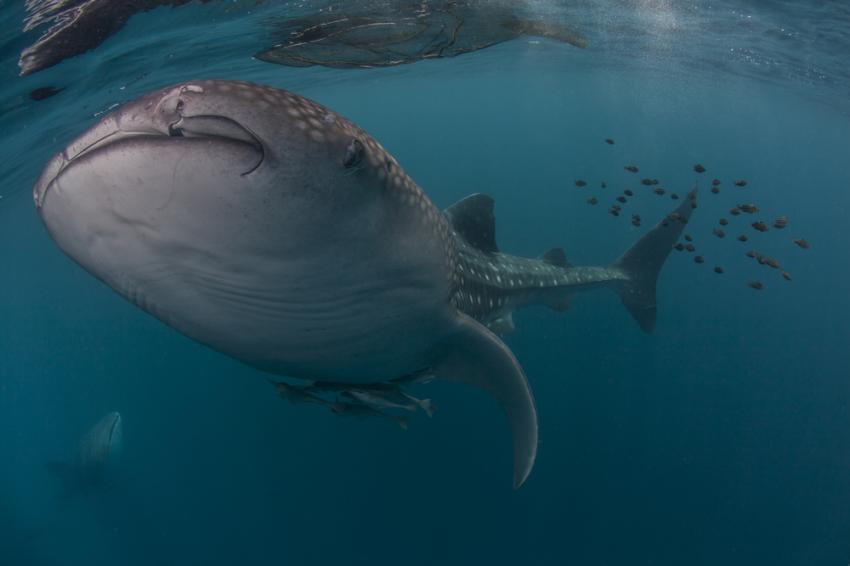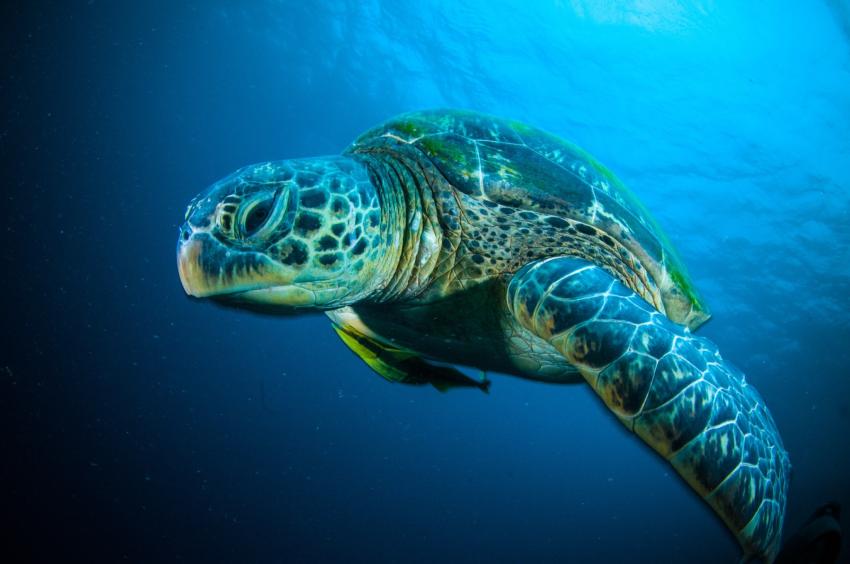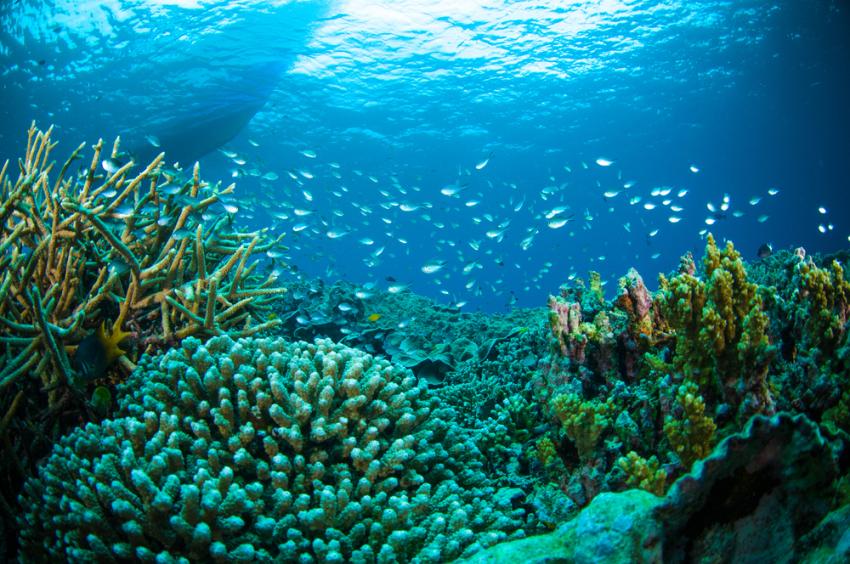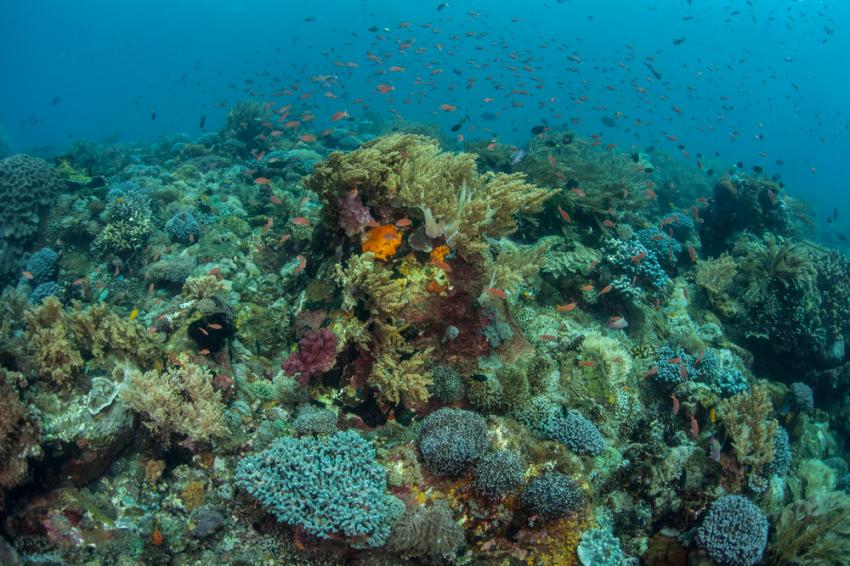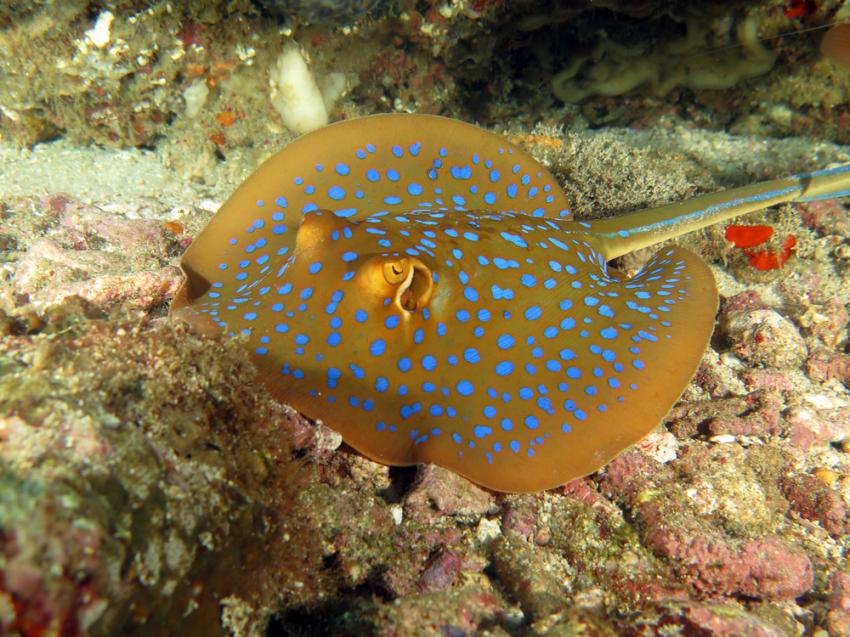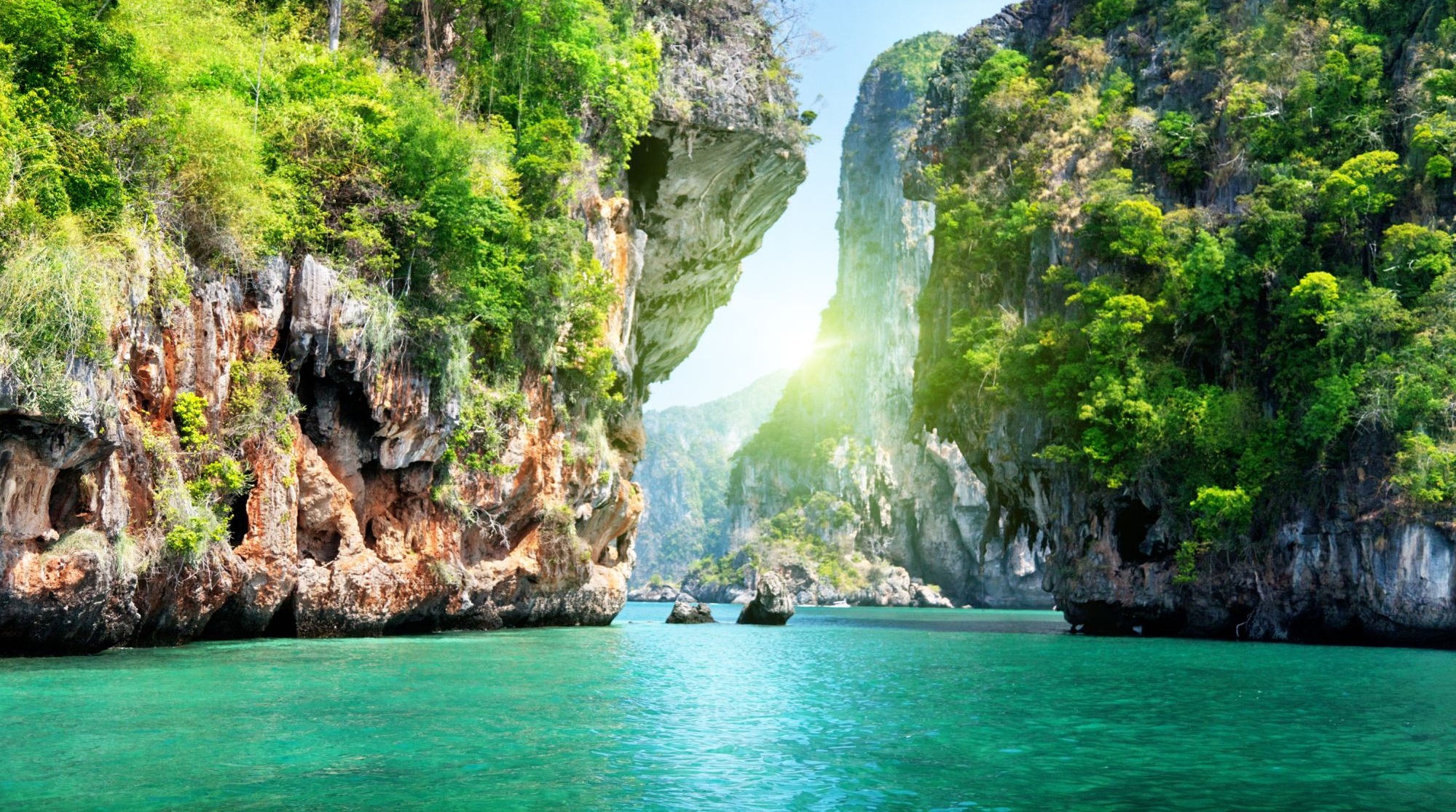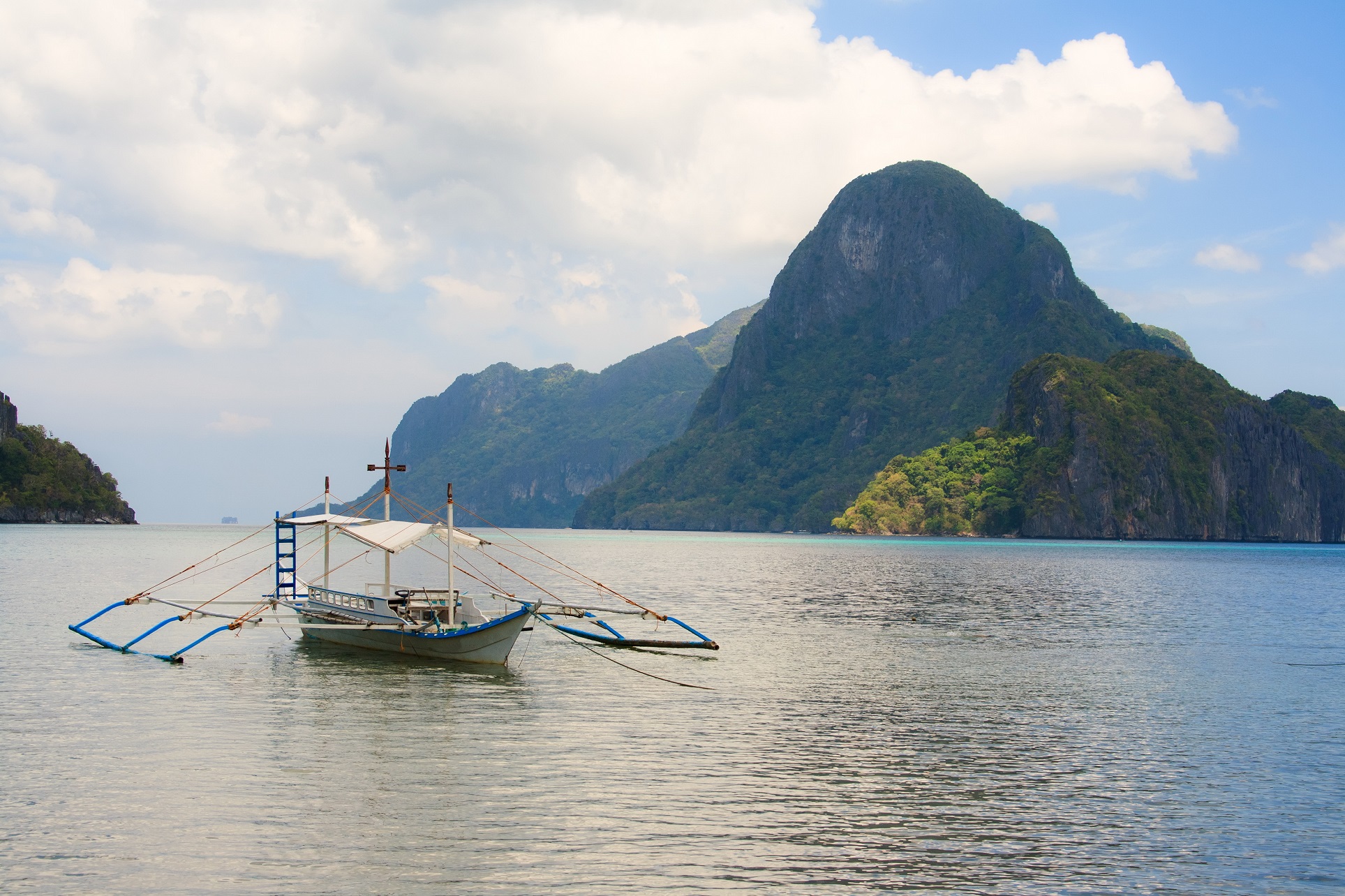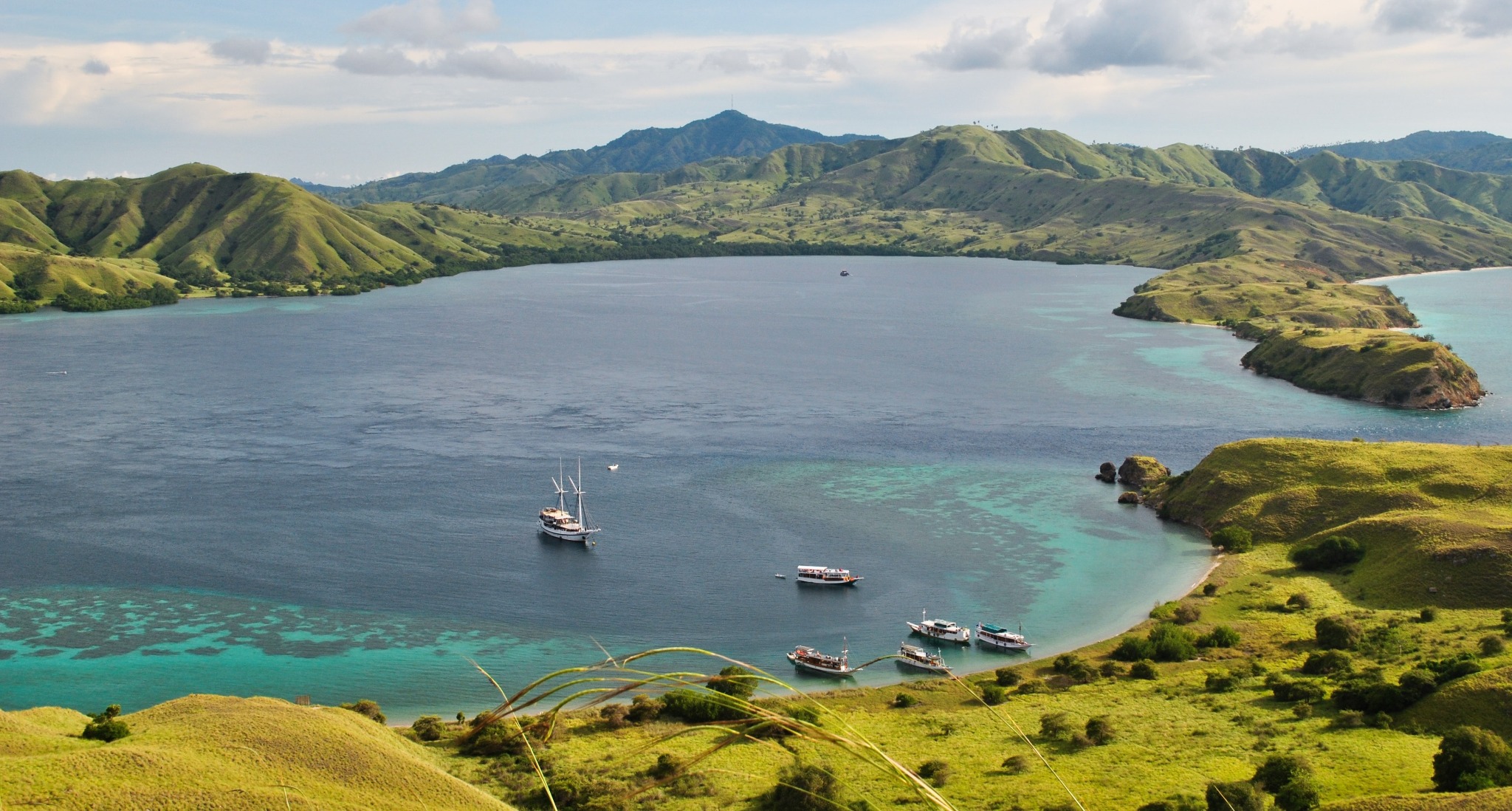
Indonesia Liveaboard Diving
60% of divers returns to us
Best Indonesia Liveaboards
Handpicked Indonesia Selections
Liveaboard Diving in Indonesia
Indonesia, with its sprawling archipelago, is renowned as a haven for divers from around the globe. Prepare to be captivated by the sheer diversity of marine life that thrives in these pristine waters. From the world-famous diving in Raja Ampat to the majestic Komodo National Park and the exotic Lembeh Straight, each destination offers a unique and unforgettable experience. Raja Ampat, nestled in the heart of the Coral Triangle, is a true underwater gem. Dive into a world teeming with vibrant coral gardens, where an astonishing variety of fish dart through the waters. Encounter graceful manta rays gracefully gliding by and be mesmerized by the playful antics of dolphins and turtles. Komodo National Park, a UNESCO World Heritage Site, beckons with its dramatic landscapes both above and below the surface. Dive into a kaleidoscope of colors as you explore thriving coral reefs. Keep your eyes peeled for encounters with majestic reef sharks, while schools of barracuda and trevally put on a mesmerizing spectacle. And of course, no trip to Komodo would be complete without a close encounter with the prehistoric Komodo dragons.
But it's not just the destinations that make Indonesian liveaboard diving truly extraordinary. The dive sites themselves are a feast for the senses. Descend into a world of dramatic underwater landscapes, where towering walls adorned with vibrant corals give way to stunning drop-offs and breathtaking canyons. Swim through intricate caverns and explore submerged caves, revealing hidden secrets and surprises at every turn. As you explore these underwater realms, you'll be greeted by an abundance of marine life. Schools of colorful reef fish dart among the corals, while massive Napoleon wrasses and groupers patrol their territories. Keep your eyes peeled for encounters with elusive reef sharks, gentle giant manta rays, and even the elusive whale sharks
Top Places to Dive in Indonesia
Indonesia is a diver's paradise, boasting a multitude of renowned liveaboard destinations that offer unforgettable underwater experiences. From the majestic Komodo National Park diving, where encounters with Komodo dragons and vibrant coral reefs await, to the stunning Raja Ampat, known for its biodiversity and mesmerizing marine life, every destination has its own unique charm. Dive into the crystal-clear waters of Cenderawasih Bay to swim alongside whale sharks, explore the pristine coral gardens of Wakatobi, and witness the wonders of Lembeh's macro marine world. Traverse the Forgotten Islands and be amazed by their untouched beauty, or venture to Alor for thrilling encounters with hammerhead sharks. Discover the incredible biodiversity of Triton Bay and the vibrant marine ecosystems of Sangalaki. Explore Sumbawa's diverse dive sites, indulge in the underwater beauty of Misool, or dive into the pristine waters of Maumere and Alor. Immerse yourself in the colorful reefs of Flores, or uncover the hidden treasures of Ambon. With such a diverse range of liveaboard destinations, Indonesia offers something extraordinary for every diving enthusiast
Must See Indonesia Dive Sites
Indonesia is renowned for its incredible dive sites, each offering unique and captivating underwater experiences. Kri Island is a haven for diving enthusiasts, known for its vibrant coral gardens and impressive biodiversity. Explore the thriving reef and encounter an array of reef fish, including colorful angelfish, butterflyfish, and surgeonfish. Keep an eye out for elusive pygmy seahorses hiding among the intricate coral formations.
Karang Makassar, also known as Manta Point, is a thrilling dive site where encounters with majestic manta rays are almost guaranteed. Dive into the crystal-clear waters and witness the graceful dance of these gentle giants as they glide through the currents, offering an unforgettable experience for underwater photographers and marine enthusiasts.
Crystal Rock is a true underwater gem, characterized by its dramatic pinnacle formation and teeming marine life. Explore the vibrant coral walls adorned with soft corals, sponges, and sea fans. Encounter schools of fusiliers, snappers, and surgeonfish, while keeping an eye out for curious reef sharks patrolling the area.
Castle Rock offers an exhilarating diving experience in the heart of Raja Ampat. Descend into the depths and immerse yourself in a world of swirling currents and abundant marine life. Marvel at the bustling fish action surrounding the pinnacle, as large pelagic species, such as barracudas and trevally, hunt in the blue.
Manta Ridge is a must-visit site for manta ray enthusiasts. Dive into the azure waters and witness the elegant dance of these magnificent creatures as they glide effortlessly above the ridge. Be prepared for incredible encounters and unforgettable moments with these gentle giants.
Boo Window offers an exceptional muck diving experience, perfect for macro photography enthusiasts. Delve into the black sandy bottom and discover a treasure trove of rare critters, such as flamboyant cuttlefish, mimic octopuses, and various species of nudibranchs. This site provides endless opportunities to capture unique and mesmerizing marine life moments.
Batu Bolong is an iconic pinnacle dive site in Komodo National Park. Descend into the depths and explore the sheer walls covered in vibrant soft corals and sponges. Encounter schools of reef fish, including surgeonfish and snappers, as well as turtles and reef sharks gracefully navigating the currents.
Koon Island is a hidden gem in Raja Ampat, offering diverse marine life and impressive coral formations. Dive along stunning coral walls and be amazed by the vibrant colors and intricate details. Keep an eye out for nudibranchs, pygmy seahorses, and the occasional passing reef shark.
Manta Sandy is another remarkable site where you can observe the fascinating behavior of manta rays. Dive into the sandy bottom and witness these gentle giants visiting the cleaning stations, where small cleaner fish remove parasites from their bodies. Capture incredible moments as the mantas gracefully interact with their cleaning crew.
Cape Kri holds the world record for the highest number of fish species encountered in a single dive. Descend into the thriving reef and be surrounded by an incredible variety of reef fish, including schools of fusiliers, surgeonfish, and damselfish. This dive site is a testament to the remarkable biodiversity found in Indonesian waters.
Nusa Laut, located in the Banda Sea, is a hidden gem waiting to be explored. Dive into pristine waters and discover breathtaking coral gardens, home to a vibrant array of marine life. Encounter reef sharks, Napoleon wrasses, and colorful reef fish as you navigate through the thriving underwater landscapes.
Banda Neira, located in the Banda Islands, offers exceptional diving opportunities with its rich history and stunning marine biodiversity
When To Go Diving in Indonesia
Diving enthusiasts are drawn to Indonesia year-round, but the best time for diving in specific regions varies. Komodo National Park, with its vibrant marine life and diverse dive sites, shines during the dry season, which spans from April to November. During this period, divers can expect calm seas, good visibility, and encounters with magnificent creatures like manta rays. The average water temperature ranges from 26°C (78 F) to 29°C (84 F), and currents can vary from mild to strong, depending on the site. A 3mm to 5mm wetsuit is recommended to ensure comfort and protection against cooler water temperatures and potential stings from jellyfish or other marine organisms.
Raja Ampat, known for its breathtaking coral reefs and rich biodiversity, offers prime diving conditions from October to April. During this time, the seas are typically calmer, providing excellent visibility for exploring the vibrant underwater landscapes. The average water temperature hovers between 27°C (80.6 F) and 30°C (80 F), and divers can encounter strong currents in certain areas. A 3mm to 5mm wetsuit is suitable for Raja Ampat, along with appropriate dive gear to handle potential currents and varying depths.
The Banda Sea is best explored during the dry season, which aligns with the period from October to April. Diving in this region promises encounters with pelagic species, historic wrecks, and remarkable underwater landscapes. The average water temperature ranges from 27°C (80.6 F) to 30°C (80 F), and divers can experience varying currents depending on the site. A 3mm to 5mm wetsuit is recommended to ensure comfort during longer dives and protection against potential stings from jellyfish or other marine creatures.
Cenderawasih Bay showcases its underwater wonders between November and April, offering divers the chance to swim alongside majestic whale sharks. This period corresponds with the dry season when the seas are calmer. The average water temperature ranges from 27°C (80.6 F) to 30°C (80 F), and currents are generally mild. A 3mm to 5mm wetsuit is suitable, along with essential diving equipment for capturing memorable encounters with these gentle giants.
Lembeh Strait, renowned for its captivating critter diving and macro photography opportunities, is a year-round diving destination. The water temperature in Lembeh Strait ranges from 27°C (80.6 F) to 30°C (80 F) throughout the year, providing warm and comfortable conditions for divers. Currents can vary, but they are typically mild to moderate. A 3mm to 5mm wetsuit is appropriate, along with macro photography gear and diving equipment suitable for close-up encounters with rare and fascinating critters
Frequently Asked Questions About Indonesia
Diving Certification and Experience Requirements for Diving in Indonesia
For diving in Komodo and Raja Ampat, most liveaboard operators typically require divers to hold at least an Open Water Diver certification or its equivalent. The Open Water Diver certification is the entry-level certification recognized worldwide, allowing divers to explore depths of up to 18 meters (60 feet). It covers essential diving skills, safety protocols, and equipment usage.
However, it's important to note that while Open Water Diver certification is generally accepted, some liveaboard operators may prefer or recommend divers to have more advanced certifications due to the challenging dive conditions and unique marine environments found in Komodo and Raja Ampat.
Having an Advanced Open Water Diver certification or higher can provide additional training and experience, enabling divers to handle more complex dive profiles and conditions. Advanced certifications often include specialty dives such as deep diving, navigation, and night diving, which can be beneficial for exploring the diverse dive sites in these regions.
Ultimately, the specific certification requirements can vary among liveaboard operators and may depend on factors such as dive site difficulty, currents, and dive profiles. It's best to check with the chosen liveaboard operator or dive center to confirm their certification requirements for diving in Komodo and Raja Ampat
Is it necessary to book an extra night before and after my liveaboard?
Booking an extra night before and after your liveaboard is not always necessary but is often recommended. There are several reasons why it can be beneficial:
Convenience: Arriving a day before your liveaboard allows you to settle in, relax, and adjust to the local time zone. It ensures you have enough time to prepare your dive gear, complete any necessary paperwork, and address any last-minute logistics or requirements.
Flight Delays or Cancellations: Unforeseen circumstances such as flight delays or cancellations can disrupt travel plans. Booking an extra night provides a buffer in case of any unexpected delays, ensuring you don't miss the departure of your liveaboard.
Diving Equipment and Briefings: The additional night gives you the opportunity to meet with the liveaboard staff, go through equipment checks, attend dive briefings, and get acquainted with the dive operation's procedures. This ensures you start your liveaboard experience well-prepared and informed.
Relaxation and Exploration: If you have traveled a long distance to reach your liveaboard destination, an extra night allows you to unwind and explore the local area before the diving adventure begins. You can take the time to visit nearby attractions, acclimate to the surroundings, and get into the vacation mindset
Is Indonesia a good destination for underwater photography?
Yes, Indonesia is a fantastic destination for underwater photography. With its abundant marine biodiversity, stunning coral reefs, and diverse underwater landscapes, Indonesia offers a wealth of opportunities for capturing incredible underwater images.
Breathtaking Marine Life: Indonesia is known for its rich marine life, including a wide array of colorful fish, vibrant coral formations, and fascinating macro subjects. From tiny critters like pygmy seahorses and nudibranchs to larger species like manta rays and whale sharks, Indonesia's waters are teeming with photographic subjects.
Pristine Dive Sites: The country boasts numerous pristine dive sites that have remained relatively untouched. Locations like Raja Ampat, Komodo National Park, and the Lembeh Strait offer some of the world's most biodiverse and visually captivating underwater environments. These sites provide excellent opportunities for capturing unique and awe-inspiring images.
Vibrant Coral Reefs: Indonesia is part of the Coral Triangle, which is renowned for its incredible coral diversity. The vibrant and healthy coral reefs found in Indonesia make for stunning backdrops in underwater photographs, adding vivid colors and intricate patterns to your images.
Diverse Underwater Landscapes: From dramatic walls and pinnacles to submerged volcanic formations, Indonesia offers diverse underwater landscapes that provide photographers with endless creative possibilities. Capturing the grandeur and unique features of these landscapes can result in captivating and visually striking photographs.
It's worth noting that underwater photography requires specific skills and equipment. Depending on the type of photography you wish to pursue, it is recommended to have a good understanding of underwater photography techniques and suitable gear, such as a reliable underwater camera and housing
